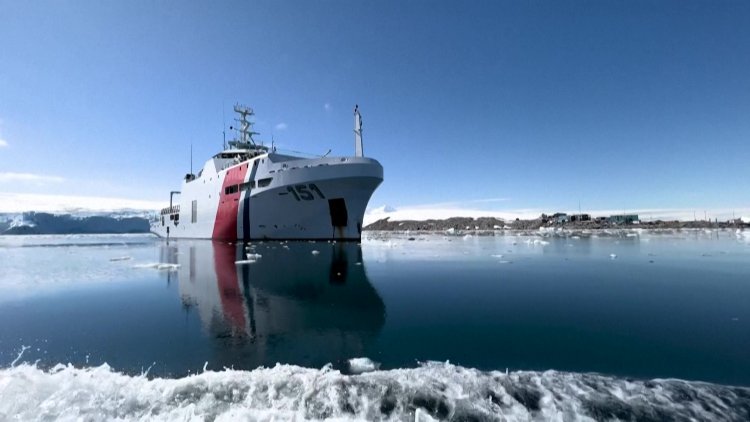Antarctic Microplastics: Environmental Alarm

In the fragile and distant ecosystem of Antarctica, Colombian researcher Paulo Tigreros submerges a net to collect tiny particles. He knows that the presence of microplastics in one of the best preserved corners of the world is a thermometer of the planet's pollution.
Like a sieve, the mesh allows water to pass through and retains solids that float in the Gerlache Strait, a natural channel about 160 kilometers long that is supposed to be safe from the environmental deterioration affecting the rest of the Earth.
In these oceans, the presence of these particles due to poor waste management has already been proven. They were initially manufactured in tiny sizes or are the result of the physical and chemical degradation of plastic objects that take hundreds of years to degrade.
A 2019 investigation carried out by the University of Canterbury in New Zealand revealed the existence of microplastic in the snow of Antarctica, a worrying consequence given the more than 430 million tons produced per year in the world, according to the UN.
The researchers maintain that the particles may have arrived there naturally, transported by sea currents traveling south, or even involuntarily derived from the human presence on this continent.
They can also travel in the atmosphere or in the feces of animals that at specific times of the year swim to the tropics and then return.
Baiting larger animals, the krill will become infected, as will the rest of the food chain.
The Antarctic ice sheet, where penguins and seals rest, has already been suffering for years from the global increase in temperatures.
The United Nations International Atomic Energy Agency warns that microplastics could do even more damage "to the extent that it reduces ice reflectance, alters surface roughness, stimulates microbial activity" and "acts as a thermal insulator."















